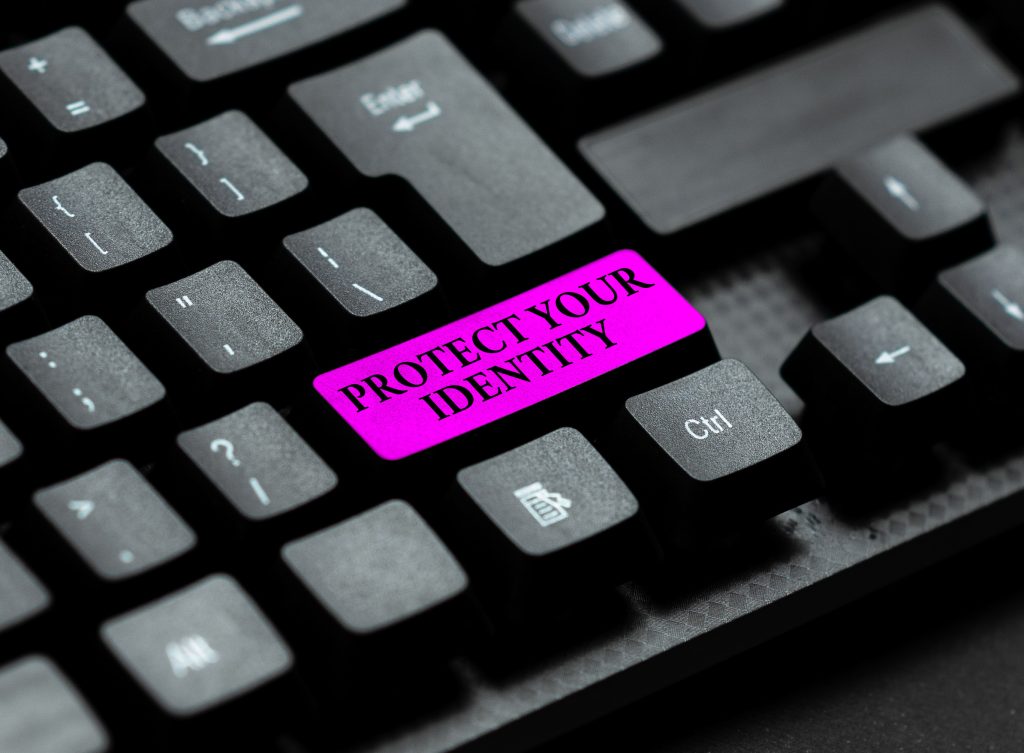
Identity theft can cause immense financial and emotional distress. Thieves misuse personal information for fraudulent activities. While anyone can be a victim, proactive protection is key. Women may face certain online risks slightly differently. Understanding vulnerabilities helps build strong defenses. Protecting your identity requires ongoing vigilance. It involves securing data online and offline. Here are ten essential things every woman should know. Implement these tips to safeguard your identity effectively.
1. Secure Social Media Privacy Settings
Social media profiles contain vast personal data. Thieves can mine details like birthdates or hometowns. They use this for account recovery fraud. Review and tighten privacy settings regularly. Limit who sees your posts and personal info. Avoid sharing overly specific location details. Be mindful of friends’ privacy too. Don’t tag them without permission. Make your online footprint less revealing.
2. Be Wary of Oversharing Online
Beyond privacy settings, practice cautious sharing. Avoid posting photos of IDs or credit cards. Be careful sharing details about vacations online. This signals an empty home. Think twice before participating in viral quizzes. Many ask security question-like information. Oversharing gives thieves valuable puzzle pieces. Maintain a level of digital discretion. Keep sensitive personal facts offline.
3. Use Strong, Unique Passwords and 2FA
Weak or reused passwords are easy targets. Create strong, unique passwords for every account. Use a mix of letters, numbers, and symbols. Consider using a reputable password manager. Enable two-factor authentication (2FA) whenever possible. 2FA adds a crucial extra security layer. It requires a code from your phone. This stops unauthorized logins effectively.
4. Protect Mail and Personal Documents

Identity theft often starts offline. Shred documents containing personal information. This includes bank statements and credit card offers. Use a locking mailbox if possible. Or retrieve mail promptly after delivery. Never leave sensitive documents unsecured. Protect your Social Security number carefully. Only provide it when absolutely necessary. Secure physical data just like digital data.
5. Monitor Financial Accounts Regularly
Check bank and credit card statements frequently. Look for any unauthorized transactions. Sign up for account alerts via text or email. Monitor your credit report periodically. You are entitled to free annual reports. Dispute any errors or suspicious activity immediately. Early detection minimizes financial damage. Stay vigilant about your financial health.
6. Be Cautious with Public Wi-Fi
Public Wi-Fi networks are often unsecured. Avoid accessing sensitive accounts on public Wi-Fi. This includes banking or online shopping sites. Hackers can potentially intercept your data. If you must use public Wi-Fi, use a VPN. A Virtual Private Network encrypts your connection. It adds a significant layer of security. Prefer using your mobile data instead.
7. Understand Risks of Dating Apps/Sites
Online dating requires sharing some personal info. Be cautious about revealing too much too soon. Avoid sharing your full name or workplace early. Never share financial information. Be wary of requests for money. Scammers often target dating app users. Meet in public places initially. Trust your instincts about suspicious profiles. Protect your personal and financial safety.
8. Secure Your Mobile Devices
Your smartphone holds a wealth of personal data. Use strong passcodes or biometric locks. Enable remote wipe capabilities if lost or stolen. Keep your operating system and apps updated. Updates often contain security patches. Be cautious about downloading apps. Only use official app stores. Secure your phone like a mini-computer.
9. Recognize Phishing Scams (Email/Text/Call)
Phishing scams try to trick you into revealing info. Be skeptical of unsolicited communications. Watch for urgent requests or threats. Look for poor grammar or suspicious links. Never click links or open attachments blindly. Verify requests through official channels. Don’t provide personal data via email or text. Banks will rarely ask for sensitive info this way.
10. Know How to Report Identity Theft
If you suspect identity theft, act quickly. Contact the companies where fraud occurred. Place a fraud alert on your credit reports. File a report with the FTC at IdentityTheft.gov. Consider filing a police report too. Acting fast helps limit the damage. Knowing the reporting steps is crucial. Be prepared to take swift action.
Secure Your Digital and Physical Information
Protecting your identity requires consistent effort. It involves securing digital and physical information. Be mindful of online sharing. Use strong security practices like unique passwords and 2FA. Monitor your accounts closely. Recognize common scams like phishing. Knowing these ten key areas empowers you. Take control of your personal information. Reduce your risk of becoming a victim. Stay informed and stay vigilant always.
What steps do you take to protect your identity online and offline? Have you ever encountered a situation that made you concerned about identity theft? Share your tips below.
Read More:
The Importance of Identity Theft Prevention
Credit Fraud – What To Do When Your Identity Was Stolen

Latrice is a dedicated professional with a rich background in social work, complemented by an Associate Degree in the field. Her journey has been uniquely shaped by the rewarding experience of being a stay-at-home mom to her two children, aged 13 and 5. This role has not only been a testament to her commitment to family but has also provided her with invaluable life lessons and insights.
As a mother, Latrice has embraced the opportunity to educate her children on essential life skills, with a special focus on financial literacy, the nuances of life, and the importance of inner peace.
